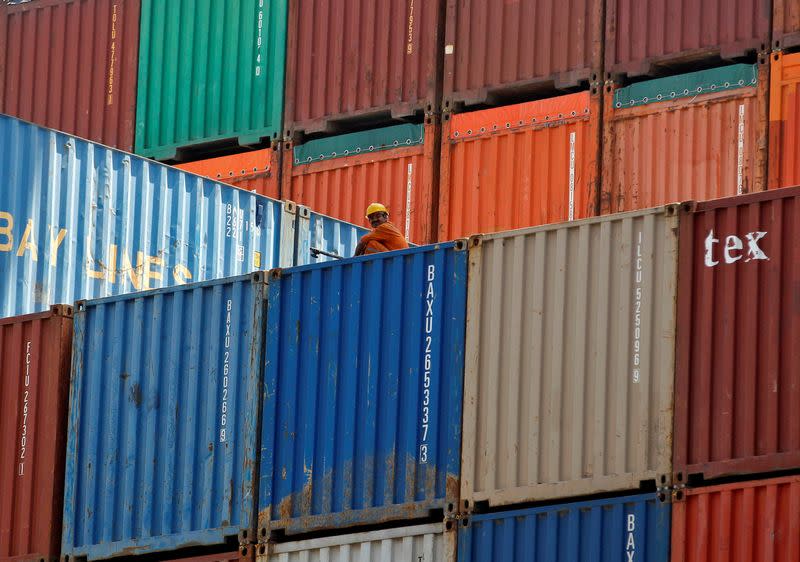Government officials say India plans to lower taxes, offer cash subsidies and other incentives to bolster its shipbuilding industry.
The move, they say, is part of an effort to reduce high freight rates for manufacturers in India.
The plans include subsidies so that at least 50 new vessels can be built, as well as granting “infrastructure status” to the industry which would help with financing from banks, the officials said.
This could also include incentives to build small vessels and promote battery-driven small vessels, aiming to cut diesel consumption and carbon emission by ships in the coming years, they said.
A 10-billion-rupee ($123 million) maritime development fund is also likely to be established, they added, without providing further details.
ALSO SEE:
Apple Revenue Forecast Cut as Covid Curbs Hit iPhone Output
Plans Due Early Next Year
Finance Minister Nirmala Sitharaman is expected to announce the plans when she presents the annual budget for 2023/24 to parliament on Febuary 1, a senior government official with the direct knowledge of discussions said.
Details are, however, subject to change as budget consultations are ongoing, the official said, noting the plans had the support of economic advisers of Prime Minister Narendra Modi, who unveiled the Maritime Vision-2030, in 2020, aiming to expand domestic shipping and ports capacity.
The sources were not authorised to speak to media and declined to be identified. A finance ministry spokesman declined to comment.
A government panel has told the finance ministry that local tax rules deter investment in the shipping industry, compared to the tax regimes of Singapore, Malta, Cyprus and Panama, where the majority of global carriers were registered.
The cost of ship manufacturing was up to 20% lower in India compared to Indonesia and Philippines, the panel said, suggesting a review of tax rules.
The share of domestic shipping in carrying export-import cargo was less than 7% in 2019/20, according to industry estimates, and it accounts for just 1% of global capacity compared to China’s 16% share.
Exporters Want Freight Rates Cut
The Federation of Indian Export Organisations (FIEO) and the shipbuilding industry have sought the concessions, arguing that India needs to build its shipping industry due to growing risks of expanding trade with sanctions-hit Russia.
India’s exporters and importers paid nearly $100 billion in freight last year, almost double the amount three years ago, FIEO director general Ajai Sahai said, adding that exports and imports had surged along with freight rates.
“Indian exporters are worried over rising shipping tariffs on routes to Russia and neighbouring countries, rising up to 60% after Ukraine war while tariffs on other routes are on decline,” he said.
India could save at least $25 billion annually in foreign exchange if government incentives helped private companies to develop the local shipping industry, he added.
India has around 35 shipbuilding companies, including some state-owned firms. Its maritime freight industry consists of about 1,500 vessels with a gross tonnage capacity of around 13 million tonnes.
- Reuters with additional editing by Jim Pollard
ALSO SEE:
Shipyard Image Exposes China’s Massive Naval Build-up
CNOOC to Spend $2.4bn on China’s Largest LNG Tankers
Shipping Group Maersk Cuts Growth Outlook on China Curbs
























